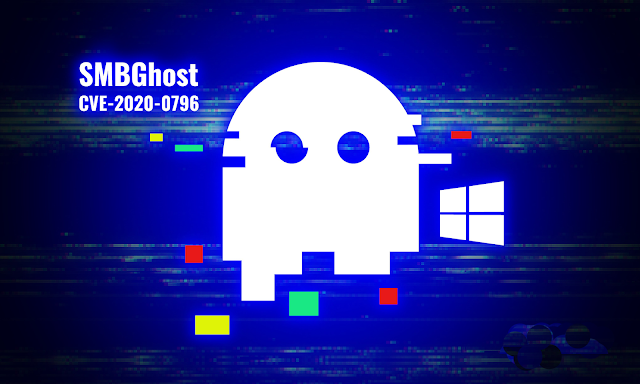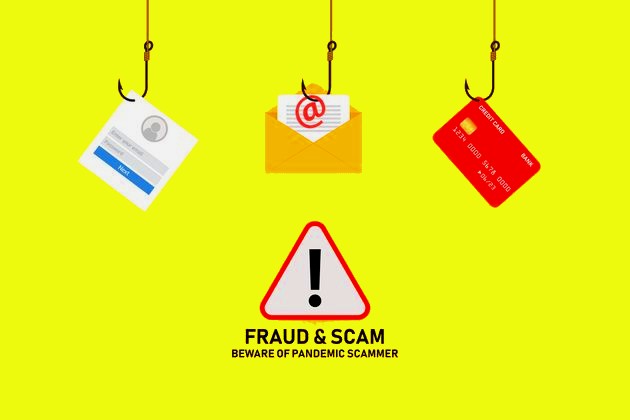How to Protect Yourself Against Scams?

The world is more and more complicated to live, everyone realizes it. On the Internet, we sometimes feel like we are in the middle of a battlefield and we don't know how to protect ourselves against the myriad threats. Small survival guide in several parts ... Your beloved Panoptinet site is not immune to attacks, far from it. Protecting it against flooding attempts, malicious content in comments and keeping it in working order is an ongoing struggle. This activity leaves us too little time to enrich the content of the site. Alas. From the moment a site obtains certain popularity, which is the case of Panoptinet with more than 7.7 million users since its creation, it becomes the target of spammers and scammers of all kinds. Make no mistake, the target is always you: the readers. The site is then one of the vectors of an attack. We are not going to make a list of the attacks that target you but, over time, give you as many keys as possible to hel...





